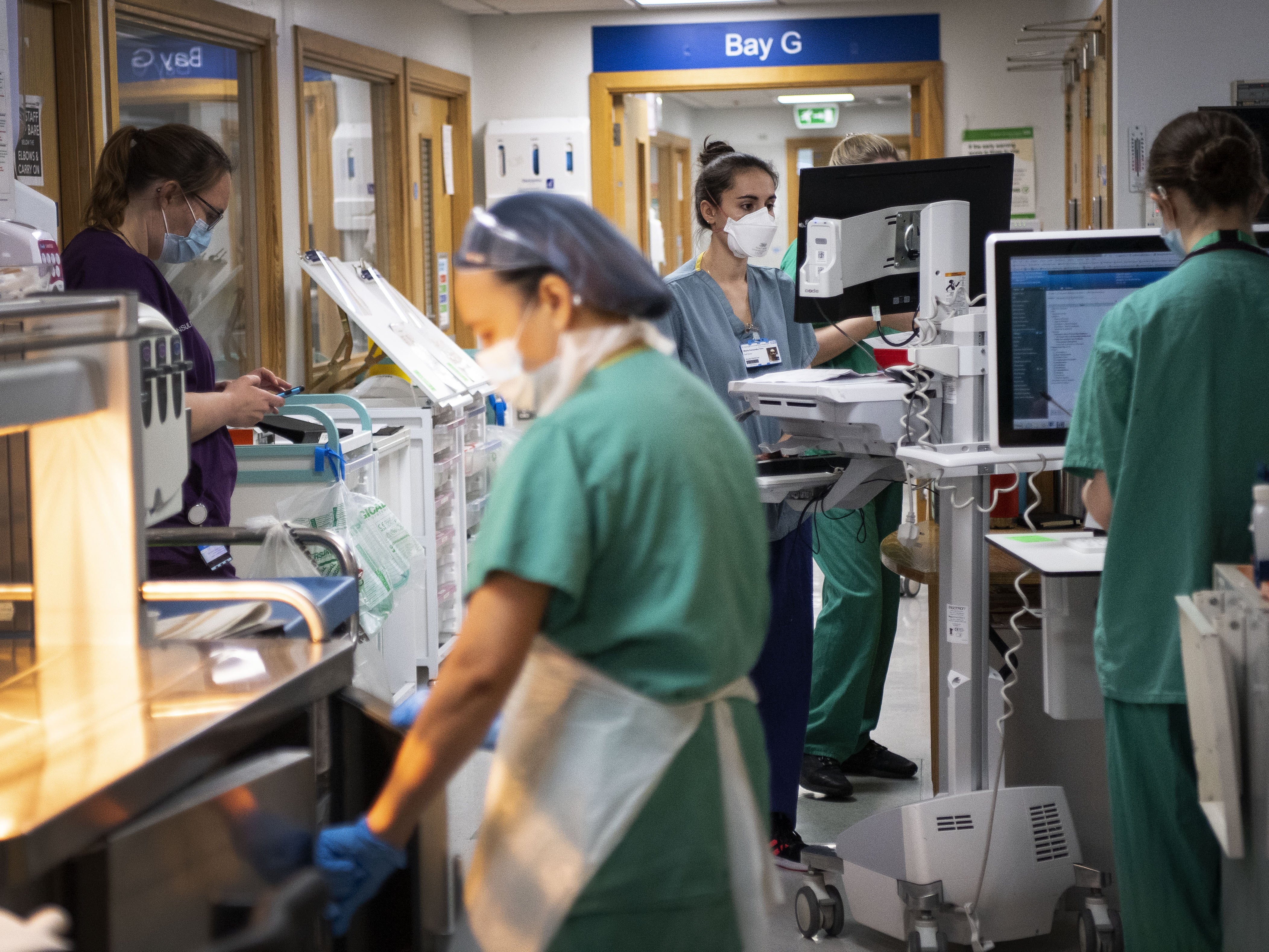A&E waits ‘kill’ as long delays drive thousands of patient deaths
The ‘vicious cycle’ of overcrowding in A&Es leading delays is a ‘serious safety concern’, a Royal College has warned.

Long delays and overcrowding in A&Es “kill” and may have caused thousands of patient deaths during the pandemic, a new report has revealed.
The Royal College of Emergency Medicine has sent a stark warning that patients will come to “avoidable harm” in A&Es across the country after it estimated, 4,519 patients are likely to have died after waiting more than 12 hours in emergency departments during 2020-21.
The news comes following record levels of 12 hour A&E waits, sometimes called trolley waits, with more than 7,000 patients waiting in October. However, the real numbers of people waiting is likely to be more than 20 times higher.
According to the Royal College of Emergency Medicine (RCEM), 300,000 patients waited more than 12 hours from the time they arrived in A&E in 2020-21, while monthly NHS data for the year only recorded around 14,000. This is because monthly figures only look at the length of time patients wait after staff have decided to admit them.
The report warned: “It is a vicious and dangerous cycle whereby crowding causes longer waits to treatment for patients, and consequently these longer waits further contribute to crowding in EDs. This is also a serious safety concern for patients who may initially appear well but have a serious underlying cause for their presentation.”
Dr Adrian Boyle, vice-president for RCEM, said: “To say 4,519 excess deaths is shocking is an understatement. Quite simply, crowding kills.
“The situation is unacceptable, unsustainable and unsafe for patients and staff.
“Political and health leaders must realise that if performance continues to fall this winter: more and more patients will come to avoidable harm in the emergency department; staff will face moral injury; and the urgent and emergency care system will be deep into the worst crisis it has faced.”
The Royal College said crowding in A&Es was “directly related” related to a lack of beds in hospital.
It added: “When there are fewer beds available on wards, it is difficult or even impossible to admit patients. Patients therefore remain in the ED until a bed is available for them.”
According to RCEM, the NHS lost 13,570 beds between 2010/11 and 2021/22.
It pointed out the UK has the lowest number of beds per 1,000 patients compared to all other developed European countries and called on the government to expand the NHS’ bed levels by 7,001.
On Sunday The Independent revealed at least 160,000 patients had come to harm in 2020-21 as a result of ambulance response delays. Delays in ambulance response times have largely been driven by a collapse in the time taken for ambulances to handover patients to emergency departments.
RCEM said the deterioration in “handover delays” implied “ED capacity and crowding are already worse than one of the most difficult winters on record.”
The college has also called on the government to ensure social care is resourced as this would help reduce long stays in hospital for patients and repeated trips to A&E.
It added: “as a matter of urgency the government must publish a long-term workforce plan, this must include actions to retain existing staff who are reaching burnout as well as to recruit new staff.
“Across the UK there is currently a shortfall of 2,000 to 2,500 full time emergency consultants, as well as shortages of essential emergency medicine nurses and junior and supporting staff.”
Subscribe to Independent Premium to bookmark this article
Want to bookmark your favourite articles and stories to read or reference later? Start your Independent Premium subscription today.




Join our commenting forum
Join thought-provoking conversations, follow other Independent readers and see their replies
Comments